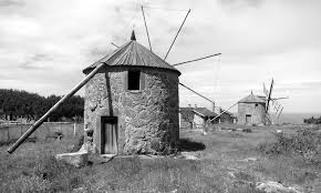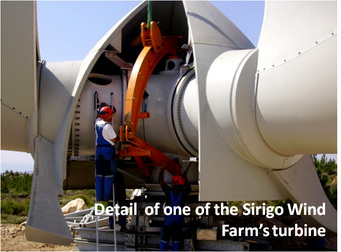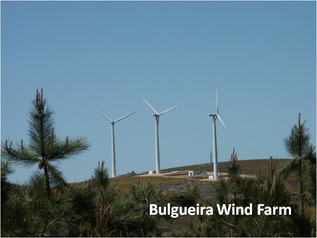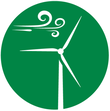Overview of the renewable resource
Wind power uses the kinetic energy of the air, in motion due to differences in the atmospheric pressure from one region to another. Differences in pressure have thermal origin and are associated with the heating process of the air, as well as of the continents and of the sea. Wind power is used directly to generate mechanical energy or indirectly to generate electrical energy.
Wind power is an abundant, affordable and renewable natural resource.
Wind power is an abundant, affordable and renewable natural resource.
Historical use
Wind turbines
Advantages of wind power
- it’s a renewable energy source, virtually free and inexhaustible;
- it´s a clean energy source that does not produce greenhouse gases or other polluting agents (ashes, radioactive material, other residues);
- it helps reducing the external energy dependence, through lower fossil fuel imports (oil, natural gas and coal);
- it helps to avoid, per each MWh of wind energy generated, the emission of 0.37 tonnes of greenhouse gases that would otherwise result from the use of fossil fuels;
- It helps Portugal fulfilling the commitments undertaken, and achieving the targets set at international level, namely in the Kyoto Protocol, in the Paris Agreeement and in the European Community legislation (Directive 2009/28/CE and the agreement established in July of 2018 for the objectives Energy Climate 2030);
- It complements other forms of electricity production, thus contributing to diversify and disseminate the means of production;
- it promotes the creation of employment during the construction phase and during the operation and maintenance phase of the wind farms.




